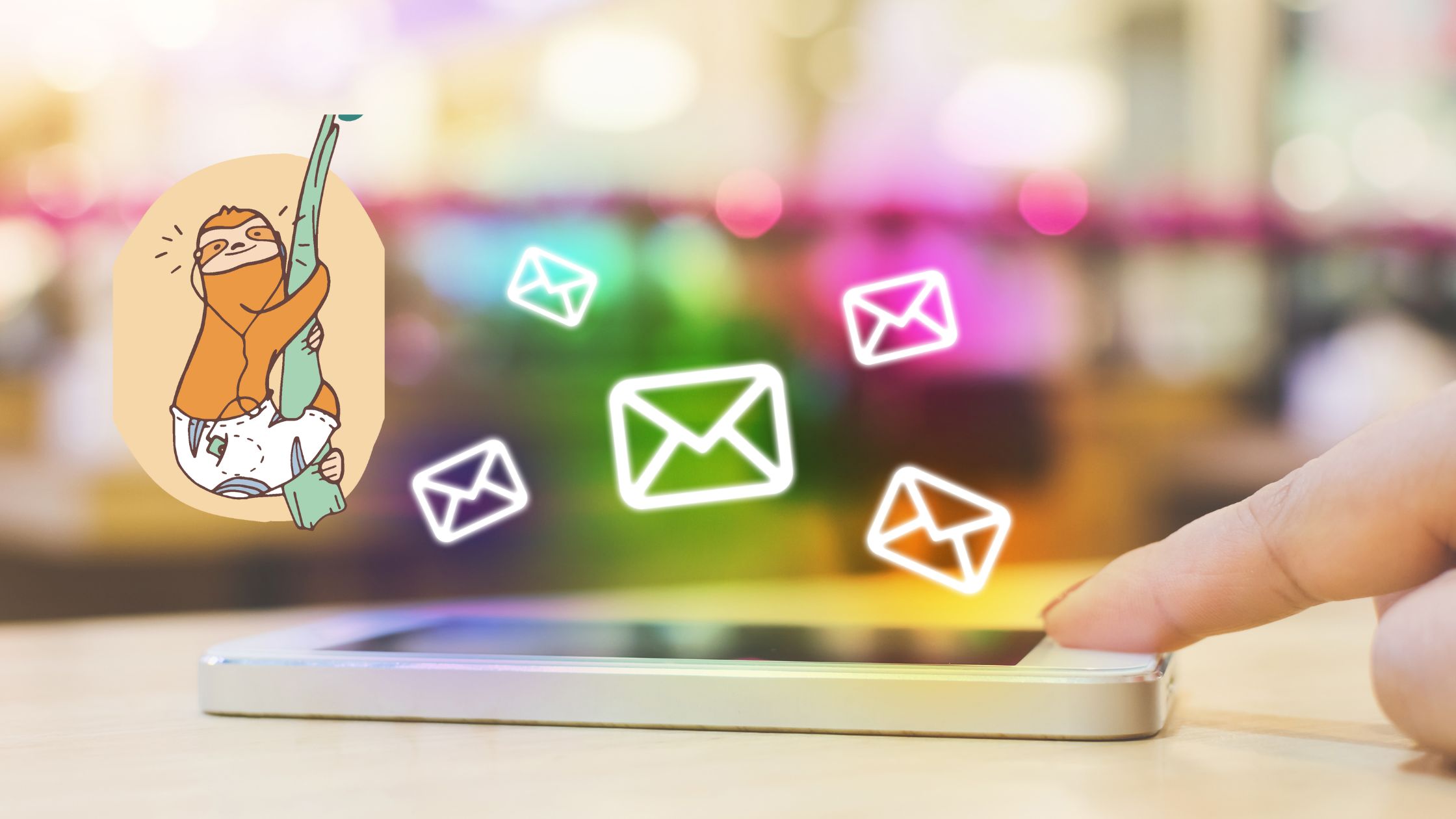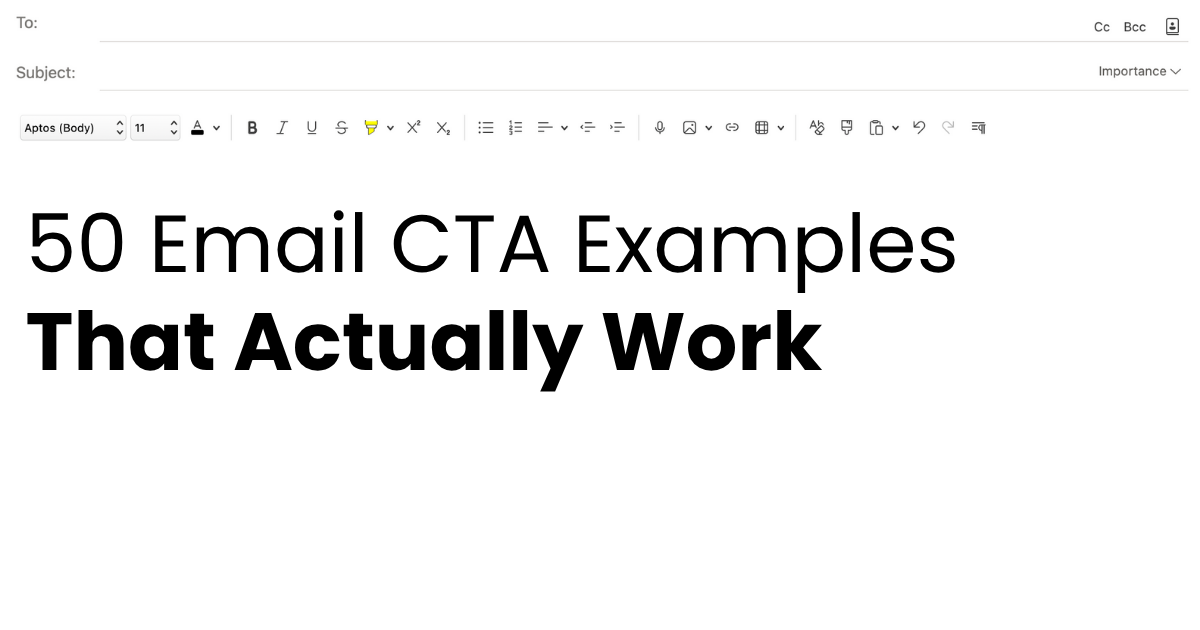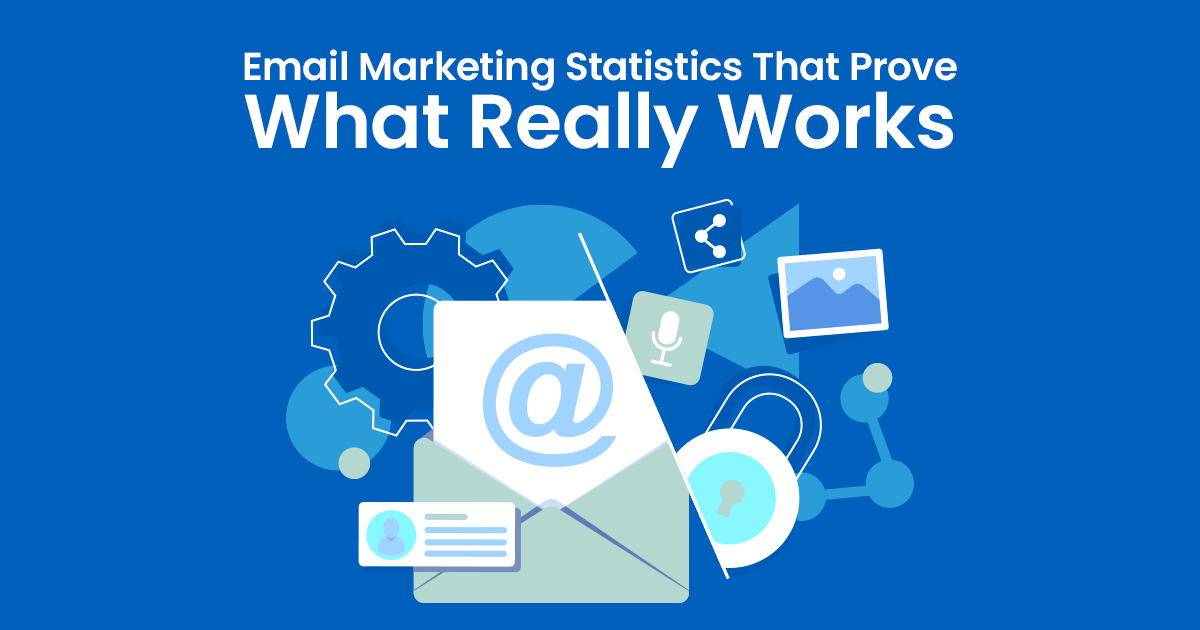Email marketing is all about staying connected with your audience.
But there’s a fine line between being engaging and being, well, clingy.
We’ll dive into what clingy email marketing is, how to avoid being overly persistent, and how to create email campaigns that keep your audience engaged without overwhelming them.
What is Clingy Email Marketing?
Clingy email marketing is a term used to describe email campaigns that are overly frequent or intrusive, to the point where they become annoying to the recipient.
Imagine having a friend who texts you constantly, even when you’re busy. It’s the same with email marketing—too many emails can make your subscribers want to hit the unsubscribe button faster than you can say “newsletter.”
Why It’s a Problem
Clingy email marketing can lead to a range of negative outcomes.
Not only can it increase your unsubscribe rates, but it can also damage your brand’s reputation.
When subscribers feel overwhelmed by too many marketing emails, they’re more likely to mark your messages as spam, which can hurt your deliverability rates.
How to Overcome Clingy Email Marketing Strategy
Step 1: Understand Your Audience
Understanding your audience is the cornerstone of any successful marketing strategy.
This involves segmenting your email list based on factors like demographics, purchasing behavior, and engagement levels.
Platforms like Bluedot Email can help you track and analyze subscriber data to tailor your campaigns accordingly.
Step 2: Quality Over Quantity
Focus on sending high-quality, valuable content rather than flooding your subscribers’ inboxes.
Consider the relevance and timeliness of your emails. Are you offering something your audience truly cares about, or are you just filling space?
Step 3: Personalization is Key
Personalization goes beyond just adding a subscriber’s name to the email.
Use data to create personalized content that addresses the specific needs and interests of your audience.
For instance, if someone frequently purchases from a particular category on your site, tailor your emails to highlight similar products.
Step 4: Optimize Send Times
Timing can make a significant difference in how your emails are received.
Use Bluedot analytics to determine when your audience is most likely to engage with your emails.
Experiment with different send times and track the results to find the optimal schedule.
Step 5: Provide an Easy Opt-Out
Ensure your unsubscribe and soft opt in process is clear and easy to understand.
Making it difficult for subscribers to opt-out can lead to frustration and potentially damage your brand’s reputation.
Respect your audience’s preferences and give them control over the types and frequency of emails they receive.
Negative Impact of Clingy Email Marketing on Your Business
Enforcing Tone
Imagine walking into a room where someone immediately starts speaking loudly, trying to sell you something without giving you a chance to respond.
That’s how clingy email marketing login tool feels to your subscribers.
Increased Unsubscribe Rates
One of the most direct impacts of too many marketing emails is a rise in unsubscribe rates.
When subscribers are inundated with email marketing cliches, they often feel compelled to opt-out to regain control over their inbox.
High unsubscribe rates are not only a sign of dissatisfaction but also a red flag that your email strategy needs reevaluation.
Frequent unsubscribes can also hurt your email deliverability.
Email providers may interpret high unsubscribe rates as a sign of spammy behaviour, which can affect your sender’s reputation and decrease the chances of your emails reaching inboxes.
Lower Engagement
Clingy email marketing strategy doesn’t just affect subscriber satisfaction; it also impacts engagement rates.
When subscribers receive too many emails, they may start to ignore them altogether, reducing open and click-through rates.
Lower engagement means fewer opportunities to drive traffic, generate leads, and boost sales.
To be effective clingy email marketing review, you should add value and foster genuine connections.
Common Signs of Clingy Email Marketing
High Frequency
Sending emails daily or even multiple times a day without providing significant value.
Redundant Content
Repeating the same information across several emails.
Generic Messaging
Using email marketing cliches and offers that don’t resonate with your audience.
Clingy Email Marketing Examples
Consider these scenarios:
A retail brand sends you three emails a day about their latest sale, even though you just made a purchase.
A newsletter subscription that bombards you with updates on every minor change in their product.
These examples highlight how too many marketing emails can frustrate even the most loyal customers.
Avoiding Email Marketing Cliches
Overused Phrases to Steer Clear Of
Certain phrases have become so common in email marketing that they’ve lost their impact.
Avoid using cliches like:
“Act now before it’s too late!”
“Don’t miss out on this exclusive offer!”
“Limited time only!”
Fresh Alternatives
Instead, try to create unique and engaging content that resonates with your audience.
Use conversational language and focus on the benefits your product or service offers.
Clingy Email Marketing Review And Best Practices
Case Study 1: Retail Brand
Retail Brand struggled with high unsubscribe rates due to their frequent email campaigns.
By analyzing their audience data, they discovered that their subscribers preferred weekly updates rather than daily emails.
They also personalized their content based on previous purchase history, resulting in a 20% increase in engagement and a significant decrease in unsubscribe rates.
Case Study 2: SaaS Company
SaaS Company faced a similar issue with clingy email marketing login.
They implemented a new strategy focused on quality over quantity, sending fewer but more targeted emails.
They also used A/B testing to optimize their send times and content.
This approach led to a 15% boost in open rates and a 10% increase in conversions.
Clingy Email Marketing Login – Conclusion
Clingy email marketing examples can be detrimental to your brand’s success.
By understanding your audience, focusing on quality content, personalizing your emails, and optimizing your send times, you can create effective email campaigns that engage rather than overwhelm.
Remember, the key to downplaying clingy email marketing strategy is the right balance between staying top-of-mind and giving your subscribers space.
Clingy Email Marketing Review – FAQs
Is clingy email marketing legit in 2024?
It is considered outdated and counterproductive. Overloading subscribers with frequent or aggressive emails can lead to higher unsubscribe rates and damage brand reputation.
How often should I send marketing emails to avoid being clingy?
The ideal frequency varies depending on your audience and industry. Aim for no more than one to two emails per week. Monitor engagement metrics and adjust your frequency based on subscriber responses.
Relevant Guides and Tools
How Email Marketing Can Help SEO?
How to Make Money With Email Marketing
How to Build An Email List for Affiliate Marketing






